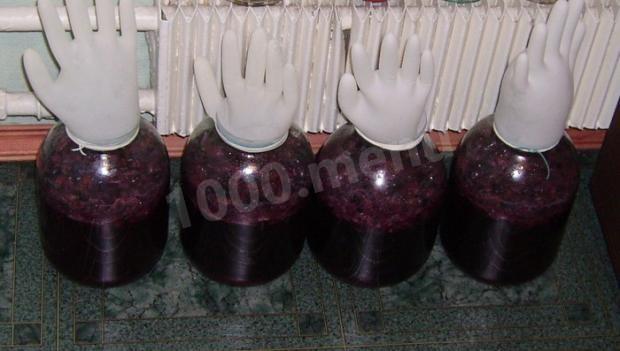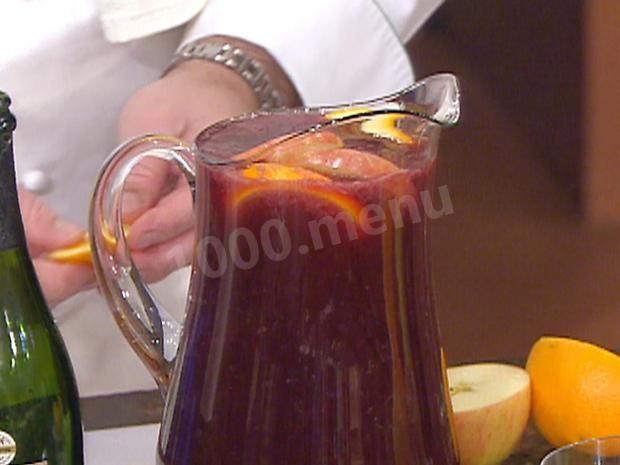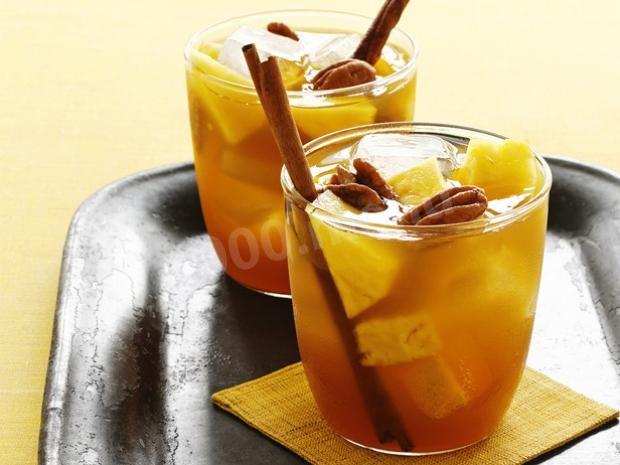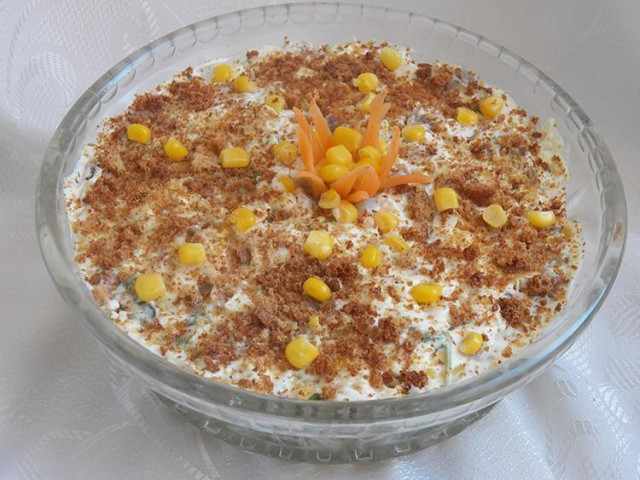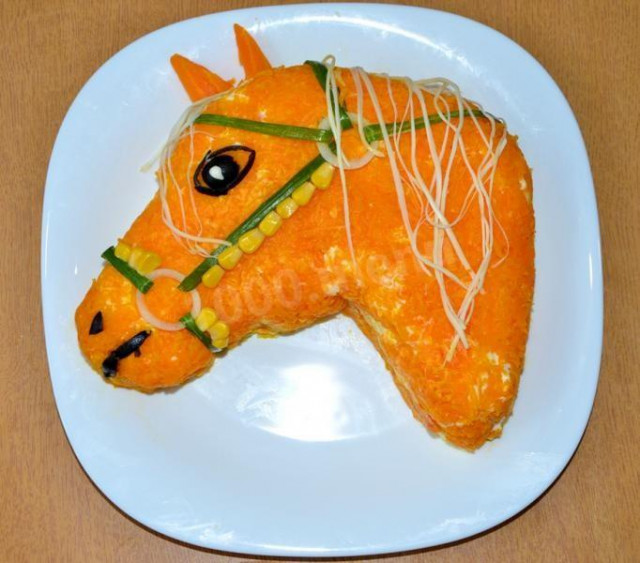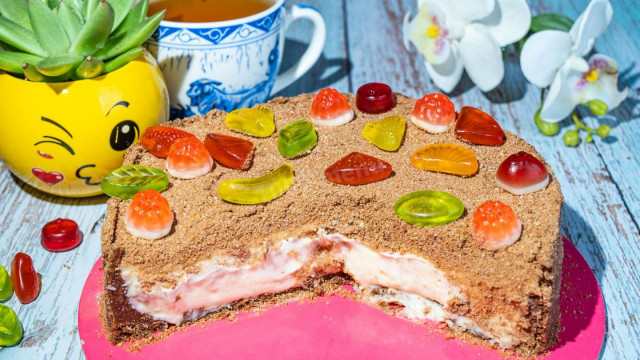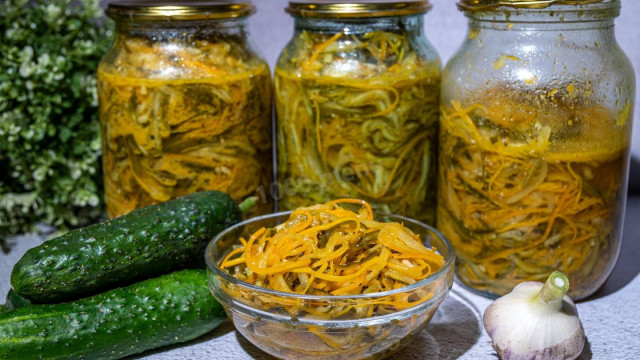Wine from northern grape varieties
Composition / ingredients
15
Servings:
Cooking method
We separate the grapes from the ridges, do not wash them (so as not to wash off the yeast on its surface), squeeze the juice through the canvas, pour it into a separate bowl, measure its amount and write it down. The cake remaining after squeezing out the juice is placed in a saucepan, filled with water (the amount of water is measured and recorded), so that the cake is completely covered and heated to 60-70 degrees. We squeeze out the cake again – this is the juice of the second pressure. pour it into the juice of the first pressure. Again, pour the cake, heat, squeeze and mix with the juice of the first pressure, while remembering how much water is in the juice. The third time we do the same.
Next, we add so much water to the mixture so that in total with the water poured for heating it would be as much as there was juice of the first pressure. Then we put the sugar to sleep, taste it, it should be like a sweet compote.
We put them in jars, put medical gloves on top (so that the gloves do not fly away during fermentation – we slip a piece of paper under them so that the gas is drained).
On the third day after the start of fermentation, we taste the wine and add sugar to taste, then we do it every 5 days until the wine stops fermenting and lightens (the sediment will fall to the bottom). After 2 weeks, we remove the wine from the sediment with a siphon, add sugar to taste and leave it indoors for a month. Again, remove from the sediment, try for sugar, if necessary, then add it. That's it, the wine is ready. It can be stored even at room temperature.
Treat the guests, any food with it will be tastier.
Next, we add so much water to the mixture so that in total with the water poured for heating it would be as much as there was juice of the first pressure. Then we put the sugar to sleep, taste it, it should be like a sweet compote.
We put them in jars, put medical gloves on top (so that the gloves do not fly away during fermentation – we slip a piece of paper under them so that the gas is drained).
On the third day after the start of fermentation, we taste the wine and add sugar to taste, then we do it every 5 days until the wine stops fermenting and lightens (the sediment will fall to the bottom). After 2 weeks, we remove the wine from the sediment with a siphon, add sugar to taste and leave it indoors for a month. Again, remove from the sediment, try for sugar, if necessary, then add it. That's it, the wine is ready. It can be stored even at room temperature.
Treat the guests, any food with it will be tastier.
Caloric content of the products possible in the composition of the dish
- Grapes - 65 kcal/100g
- Granulated sugar - 398 kcal/100g
- Sugar - 398 kcal/100g
- Water - 0 kcal/100g

